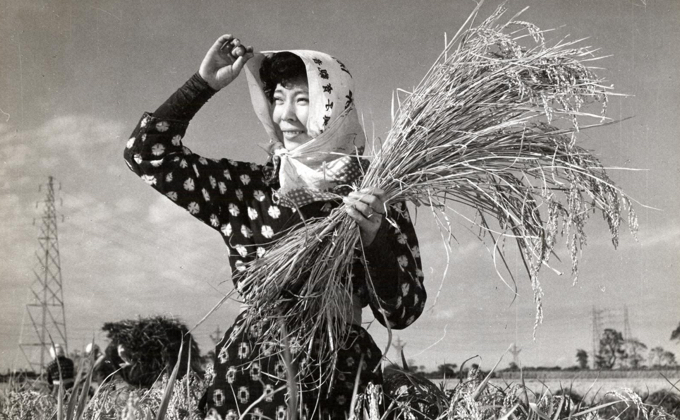TRG Info and Advice
The Asadora Phenomenon Part One
Average folks seem to have a natural desire to know more about famous people. What were they like as children? What experiences growing up shaped them into exceptional adults? What do they eat for breakfast every day?
Perhaps we are curious about these details of idols’ lives because we want to compare them with our own. If I had read more books as I child, would I be famous now? If I had backpacked around Europe after high school, would I have a more successful career? If I eat grapefruit for breakfast every day, will I be on TV?
Japan’s NHK broadcasting company has expertly tapped into this desire with its series of asadora (morning dramas) which dramatize and slightly fictionalize the lives of famous heroines throughout Japanese history. So successful are these programs in capturing and connecting to their audiences, that they have been known to stimulate both tourism and the economy.
Officially, these programs are called renzoku terebi shosetsu, which means “serial TV novel.” But, as their prime airing time is from 8:00-8:15 am Monday through Saturday, with a daily rebroadcast from 12:45-1:00 pm, asadora, or “morning drama” is the name most commonly used to refer to these popular programs.
Starting in childhood or early adulthood, the main character’s story is told in an entertaining and realistic way. Most shows feature a heroine who has overcome serious obstacles (including racism, sexism, war, poverty, family dynamics and political tensions) in order to achieve her dreams. For example, Asa ga Kita (literally: Morning Arrived, but the main character’s name is also Asa) is about a woman who had a head for numbers and helped her husband run various family businesses in a time when that was unheard of. She also started one of the first women’s universities in Japan!
*The image is for illustrative purposes only.
Want to know more? Click here for a collection of articles on everything Japanese.






